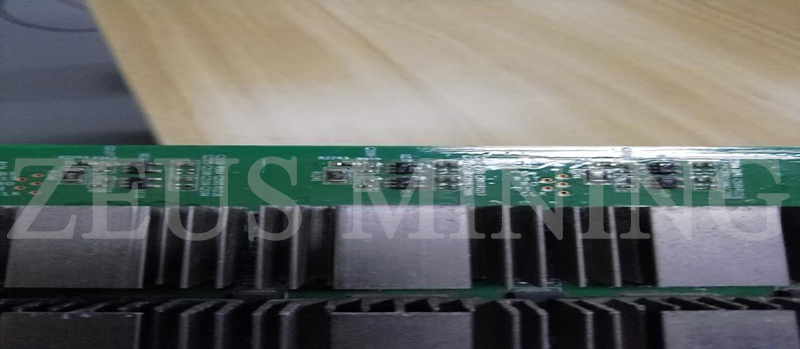ASIC Miner ICERIVER KAS KS0 Profitability In the realm of cryptocurrency mining, the Iceriver KAS KS0 miner has garnered widespread attention. Tailored specifically for the Kaspa network's KHeavyHash algorithm, it boasts high hashing power and low power consumption, making it an ideal choice for many miners. In this article, we will comprehensively assess IceRiver KS0 profitability while considering the Kaspa market conditions and the attributes of KS0 miner. Kaspa Market Dynamics Kaspa is a vibrant cryptocurrency network aimed at delivering high performance and scalability for everyday transactions. At the time of writing this article, the Kaspa coin trades at approximately $0.04959. But it's essential to note that cryptocurrency markets are highly susceptible to price volatility. Hence, investors must remain vigilant about market dynamics. Additionally, the Kaspa network's mining difficulty and reward mechanisms play a role in mining returns. Attributes of the IceRiver KS...
Antminer T17 hash board test shows "lack of ASIC chips" or "ASIC=0"
1. Antminer T17 hash board test shows "a lack of chips"
Troubleshooting method: adjust the Fluke 17B+ multimeter to the DC gear, test according to the chip number reported by the computer, and test the voltage of the five signal test points (CLK-CO-RI-BO-RST) corresponding to the chip respectively.
For example, a single T17 hash board has 30 BM1397 ASIC chips. When testing the chip, it will report that the No.15 chip is faulty and display asic num=15, then test whether the voltage of the No.15 and No.16 chips is normal.
2. Antminer T17 hash board test shows "asic num=0"
Troubleshooting method:
1. Swap the data cable of the faulty hash board with the position of the data cable of the non-faulty hash board (replace only the side of the hash board), and eliminate the problem of the data cable and control board. If it cannot be solved, the hash board is broken and needs to be detected with a test fixture. It is recommended to use Antminer test fixture - offline version, click on the video to see how to use it:
2. First, we need to test whether there is 17V between the first voltage domain and the last voltage domain.
Test method: Adjust the Fluke 17B+ multimeter to the DC gear, and place the red and black test pens on the heat sinks of the 1st and 10th domains respectively.
If there is 17V, recheck the voltage of RI (because checking the voltage of RI can be positioned. After positioning, check the voltage of the domain, LDO 1.8V and PLL 0.8V output). The inspection direction of the RI voltage is from the back to the front (from chip No.30 to chip No.1); we do not need to check one by one; we can start from the middle if the RI signal at this point is 1.8V, we will go forward check; if not, we need to check backward.
Test method: Adjust the Fluke 17B+ multimeter to the DC gear, and place the black and red test leads on the heat sink and RI test point of the same domain respectively. If the RI signal of the chip has 1.8V, continue to detect whether the RI signal of the previous chip in the same domain has 1.8V; if not, check whether the domain voltage between the two chips has 1.7V (because the domain voltage powers the chips in the same domain.).
For example, if the domain voltage between the two chips is 1.7V, we need to measure this group's 0.8V voltage and 1.8V voltage. If the voltage output is normal, it means that the chip whose RI signal does not have 1.8V has a high probability of being broken, so it is necessary to detect its ground value.
Ground value detection method: adjust the Fluke 17B+ multimeter to the diode gear, put the red test lead on the heat sink of the same domain, and test with the black test lead.
For more Antminer T17 hash board failures, please check the Antminer T17 Hash Board Repair Guide!




Comments
Post a Comment
Tell us your opinion